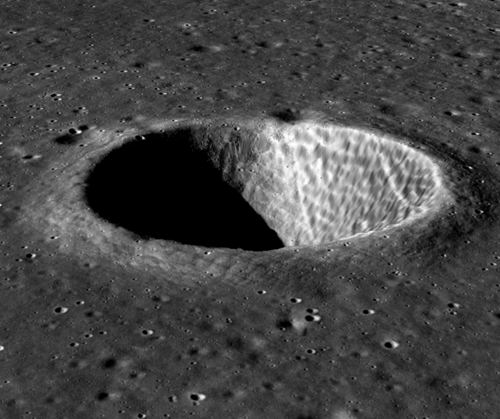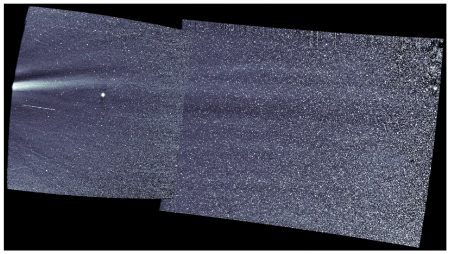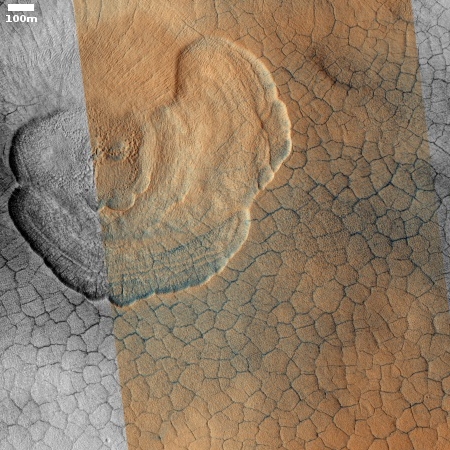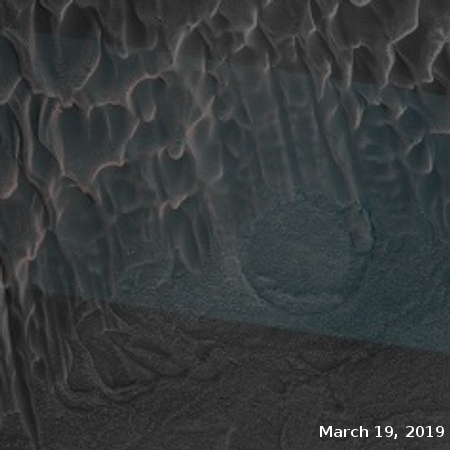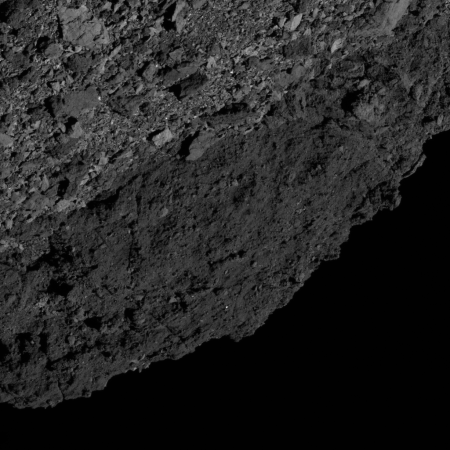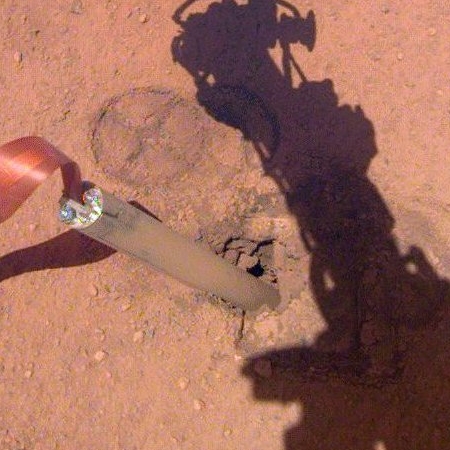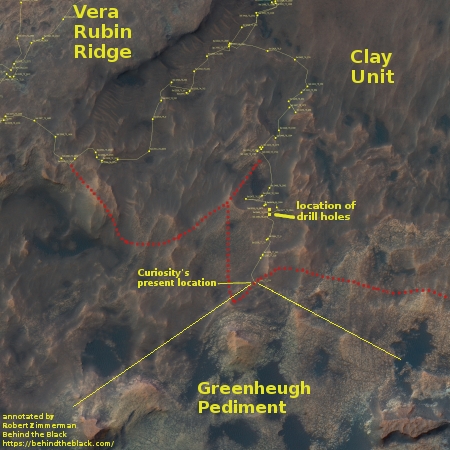SpaceX completes 1st round of Starship’s Mars landing site images
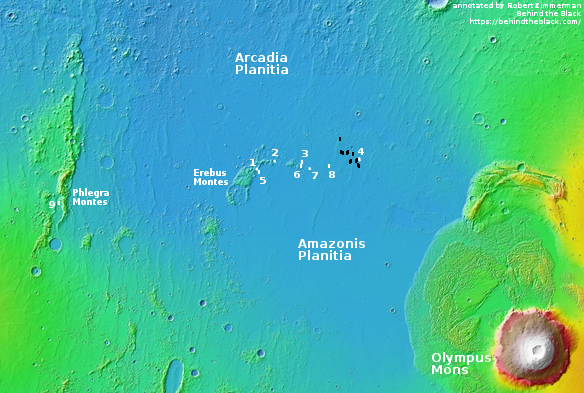
On August 28, 2019 I broke the story that SpaceX is beginning to obtain images of candidate Starship landing sites from Mars Reconnaissance Orbiter (MRO).
It now appears that SpaceX has completed its first round of Starship requests from MRO. In the image releases from Mars Reconnaissance Orbiter (MRO) since September, only three new Starship locations were taken, and all three were the unreleased candidate sites I noted in my September 16, 2019 update.
Below is the full list of all of the Starship images, their locations indicated on the map above by the numbered white boxes:
- 1. Candidate Landing Site for SpaceX Starship in Arcadia Region
- 2. Candidate Landing Site for SpaceX Starship in Arcadia Region
- 3. Candidate Landing Site for SpaceX Starship in Arcadia Region
- 4. Candidate Landing Site for SpaceX Starship in Arcadia Region
- 5. Candidate Landing Site for SpaceX Starship in Arcadia Region
- 6. Candidate Landing Site for SpaceX Starship in Arcadia Region
- 7. Candidate Landing Site for SpaceX Starship in Arcadia Region
- 8. Candidate Landing Site for SpaceX Starship in Arcadia Region
- 9. Candidate Landing Site for SpaceX Starship in Phlegra Montes Region
With the release of these last photographs, the initial list of proposed images of candidate Starship landing sites on Mars has apparently been completed. No additional images at any other locations appear to have been suggested. The MRO science team has taken stereo images of each one of the nine locations, eight of which were in Amazonis Planitia, and one in Phlegra Montes.
This however is not the first round of pictures requested by SpaceX of the Arcadia Planitia region in connection with the company’s desire to land spacecraft on Mars.
» Read more

